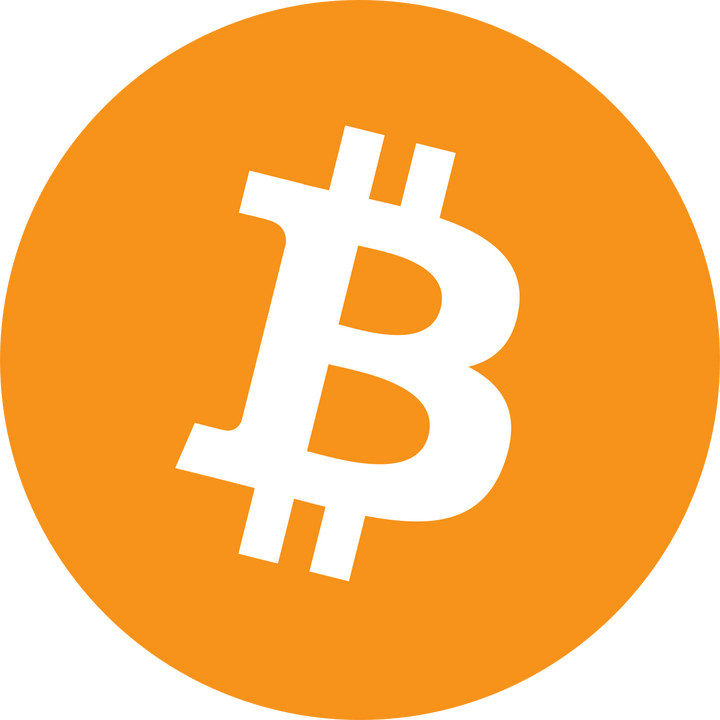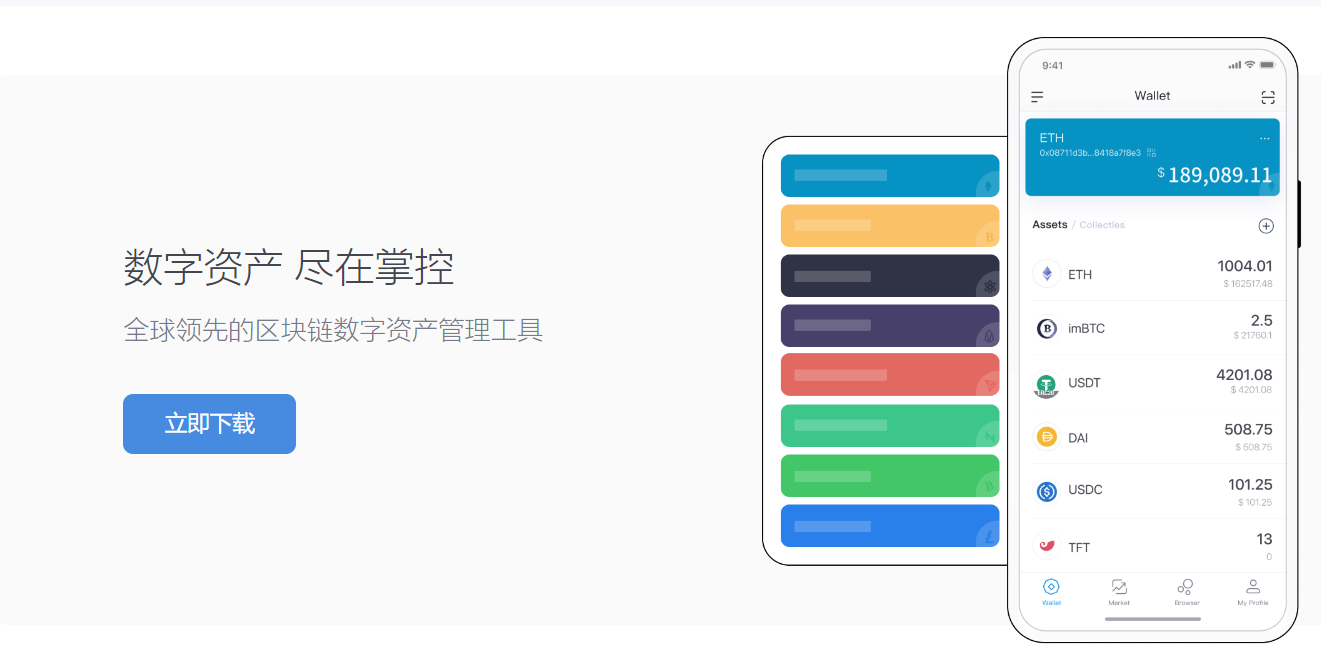Where is the metaverse economic model headed?
In the past year, the most popular words are “metaverse”, “decentralized finance” (DeFI), “non-homogenized token” (NFT, non-fungilbe token). The U.S. tech giants represented by Meta (Facebook), Amazon, Apple, Google and Microsoft have long been involved in the metaverse industry. The new crown epidemic has changed the normal life, learning, work and entertainment activities of human beings, accelerated the digital transformation of the whole society, and the Internet upgrade is generating a new economic development model. Metaverse economic development is still in its infancy, but the competition between tech giants is as fierce as the fiery scene of popular game models.
In the advertising business, Google’s advertising revenue in 2021 is up to $209.497 billion, an increase of $62.573 billion over 2020, while Facebook’s advertising revenue is $114.934 billion, an increase of $30.765 billion year-on-year, with the two giants once again occupying most of the U.S. advertising revenue, naturally causing Apple (by changing its personal privacy policy for cell phones to limit advertising insert), Jitterbug and other media discontent. In cloud services, Amazon, Microsoft and Google’s revenue in 2021 was 62.202 billion, 60.08 billion, 19.206 billion U.S. dollars, compared with 2020, an increase of 16.832 billion, 11.715 billion, 6.111 billion U.S. dollars, respectively. Apple classifies advertising revenue, product maintenance, cloud services, digital content production and payments business collectively as services, and that revenue is $68.425 billion in 2021, an increase of $14.567 billion from 2020.
In order to increase the user base and win the future of the new economy, technology giants have spared no effort to build digital platforms, with Facebook acquiring headset company Oculus VR for $2 billion back in 2014 and changing its name to Meta Platform Inc. in October 2021, emphasizing the company’s strategic focus on the metaverse through rebranding. The rebranding emphasizes the company’s strategic focus on the meta-universe and announces that the direction of the business is a meta-universe company, not social media. In the last three years, Facebook’s capital expenditures were $15.65 billion, $15.72 billion and $19.18 billion, mainly invested in data centers and virtual reality equipment, with the ultimate goal of maintaining the growth of its user base (the company’s core asset and competitiveness). The company’s stock fell by 26.39%. Microsoft adjusted its long-term reliance on Xbox gaming hardware growth strategy, announcing on January 18 this year that it would spend $68.7 billion to acquire Activision Snowstorm (Activision Blizzard) in order to create an open gaming platform for everyone to participate.
Meta-universe and Internet 3.0
The metaverse refers to a vast online virtual world that integrates virtual reality, augmented reality, entertainment, gaming, remote work and learning, fundamentally breaking through existing Internet limitations. While in real life, users need to use multiple digital platforms to meet their daily consumption, such as buying goods on Amazon, taking photos on the photo wall (Instagram) and buying music party tickets online, now they can enter an immersive experience with the help of virtual reality headsets, and can work, play, shop, meet friends and read at the same time in the metaverse. The metaverse can be defined as a digital space that is realistic to the physical world through virtual reality and augmented reality hardware - the sum of all the processes and protocols that drive the third-generation Internet and enhance the fluidity and interoperability of virtual spaces.
Seven major features define the metaverse. First, users can represent their identity with any digital image. Second, the ability to log into a computer-constructed environment at any time through multiple modes such as cell phones, computers, tablets or virtual reality headsets. Third, low latency, the aggregation of digital technologies such as 5G, big data, cloud computing, blockchain, digital twin, XR (Extended Realty, the integration of virtual world and real world and human-machine dialogue), emphasizes the seamless connection between virtual and reality. Fourth, immersive experiences mobilize all of the user’s senses (sight, sound, touch, smell and taste), while VR provides surround sound and image effects. Fifth, a fully developed metaverse is an economic cooperative zone connected to the real world where users can earn and spend digital or fiat currency, such as Roblox, the world’s most populous game creation platform, and its Robux (Robcoin). Sixth, build community platforms. In the metaverse, users are surrounded by other people sharing experiences or interacting in real time. The more users of the platform, the more attractive the metaverse becomes, and the more active the trading of digital assets represented by tokens (tokens); the value system and social relations of the community constitute the metaverse civilization. Finally, decentralized real-time renewal. Even if the user leaves, the metaverse still exists and operates normally.
Table 1 Comparison of the characteristics of Internet 1.0, 2.0 and 3.0

Source: Grayscale Research, Metaverse: Internet 3.0 Cloud Economy
The metaverse opens the Internet 3.0 model, which solves some of the problems in the development of the Internet. In the Internet 1.0 era, users were only consumers of information, and the content of web pages designed with low versions of HTML was simple, and only a few technically savvy professionals could create and publish information. In the 2.0 era (the world is in the middle or end of this period), Internet technologies such as Javascript and HTML5 improved the interactivity of the Internet and built excellent business platforms for technology venture companies (Facebook, Google, Amazon, etc.), and the Internet at this time included the following features: mobile communication, APP platform economy, proliferation of users, platform upgrade, sharing economy and Streaming media; even users who do not know how to program can post information online, share on social platforms, or create Internet content, whether it is a conversation or a video, but only a few companies own these platforms, possess and manage the data collected from users, can track and store data for targeted advertising, and in a centralized model, these tech giants are potentially involved in data abuse.
The developing Internet 3.0 hopes to turn the Internet into an open, decentralized network where users can exchange value and information directly online, thus cutting out the middle ground; where data can be better controlled and information can be sold if desired; where decentralized, distributed bookkeeping-based technology (DLT, with Ethereum as standard technology) increases transparency and autonomy, and where users can theoretically Personalized accounts can be seamlessly switched between social media, email and shopping, with all activities recorded by the blockchain. Internet 3.0 is rich in content, including ESG (environmental, social and corporate governance) friendly e-commerce, AR and the metaverse (as the new operating system), local experience and commerce, decentralized Internet, creator economy, privacy protection and anonymity.
A prototype metaverse economic model: the gaming industry
According to a recent Goldman Sachs Bank study, the gaming industry has the highest penetration of virtual scenes of any industry at 37%; the music industry at 31%, the retail industry at 17%, and other industries at a very low level. If the metaverse becomes a reality, it could be like today’s video games. For gamers, video games give them immersive virtual experiences every day, while gaming companies provide the infrastructure for Hollywood movies, spatial visualization and live performances.
The gaming industry’s business model has evolved closely in step with technological advances. At the turn of the century, top games were sold on an individual product basis, and like Hollywood blockbusters, game companies spent large budgets on advertising and announcing eagerly awaited release dates. As personal computers became faster and more powerful, and the Internet more stable and widespread, the game business model changed. Instead of storing game programs on disks or film cartridges, they were placed in the cloud; players could access them on their smartphones (rather than consoles). Massively multiplayer online games (MMOGs) (e.g. World of Warcraft) started to introduce small in-app purchases, or microtranctions. Free-to-play games often use microtransactions: users can download the game for free, but the game gets more complex and exciting with each additional payment. Game companies push new difficulty levels, features and products directly to the customer’s terminal and charge more for them.
The game industry is transforming into what is called the “new profit-eating capitalism”. The future of the game industry will be fully asset-based: gamers will no longer own games or consoles, but will need to purchase season passes or pay subscription fees; ownership of games will exist inside the game, such as personalized skin tones for digital characters (avatars), character costumes, weapons, tools, etc. (which can be purchased through microtransactions). As the in-game economy developed, the game gave rise to a black market for virtual products, where players could buy and sell everything from common game elements (armor, weapons, gold) to collectibles-like items. Players buy virtual goods with real money or buy digital currency in order to purchase virtual goods. Players with limited financial means play the game full time to earn in-game loot, wealth and rewards, which they can then turn around and sell for money.
Breaking the boundaries between the real world and the virtual world is an inevitable direction for the gaming industry. Long before the epidemic, video games had begun to blur the lines between real-world and virtual-world events and activities, with Fortnite and Roblox games plugging big events that were already commonplace, such as Star Wars, Skywalker, and DJ Marshmallow. During the epidemic, virtual events and contacts became socially acceptable, with many major events taking place on Roblox and Minecraft platforms; many consumers designed their own virtual worlds to recreate the real world. on April 23 and 25, 2020, 16.2 million people watched in real time Travis Scott’s “Astronomical Concert” with 181 million visits on Youtube.
The just-emerging play-to-earn video game may represent the direction of the metaverse. Players are rewarded with raw crypto coins that can be exchanged offline for other cryptocurrencies or government legal tender. The most popular play-to-earn game today is the open-ended Axie Infinity (comparable to Pokemon) developed by Vietnamese company Sky Mavis, which features the character Axies as NFT, representing cartoon animal ownership. If the player wins a war with Axies or sells them to someone else, the player receives a number of Smooth Love Potion tokens (S.l.p., equal to about 3 cents) and “management” tokens (A.X.S., Axie Infinity Shards, equal to about 39 USD). During the epidemic, some players in the Philippines earned more than local employment to make a living.
Can the spring of the metaverse economy be far away?
It is difficult to predict the size of the metaverse economy, but connoisseurs believe it will be at least a few trillion dollars in the future. As mentioned earlier, tech giants are pressing ahead with the metaverse economy.
Roblox aims to create a metaverse for players to learn, work, play, create and socialize, providing users and developers with a channel to construct digital worlds, with plans to offer Robux coin shopping and business transactions on the platform. Microsoft (with its Xbox and Minecraft platforms) aims to build an enterprise-level metaverse that merges the digital and real worlds; Facebook (with FarmVille), which has about 3 billion users, has been working to build augmented and virtual reality technologies, building Horizon (Horizon), a VR environment accessed with a Quest headset; NVIDIA builds 3D technology-based shared metaverse platform Omniverse (Universal Universe) to simulate real-world buildings and factories. As a video game development software vendor, Unity can provide the tools or technology needed for metaverse construction. SNAP, which has long provided personalized image design services and augmented reality filtering, developed the first true augmented reality glasses that can help developers test the effects of customer-side experiences; Autodesk provides architects and engineers with the software tools needed for architecture and product design and development, which can also be for constructing virtual worlds. Tencent, the world’s largest e-gaming company, has registered many metaverse-related trademarks for its QQ platform. Epic Game, which owns games such as Castle Night, has shifted from core gunplay to social experiences, such as dance parties and virtual music galas, where users can develop games and other virtual effects designs on the Unreal game engine.
The metaverse economy covers advertising, e-commerce, digital events, hardware devices and development and creative, with these business items accounting for about 40%, 38%, 8%, 2% and 12% of the current $1.33 trillion in revenue, respectively, according to Grayscale Research. Also according to several companies’ estimates (Global X ETFs, Zenith, Grand View Research and Boston Consulting Group), the current metaverse economy is over $1 trillion, of which advertising revenue, e-commerce, digital activities, hardware devices and development and creativity are $586 billion, $475 billion, $94 billion, $31 billion and $143 billion, respectively. respectively, accounting for 44.09%, 35.74%, 7/07%, 2.33% and 10.76%. The estimates from the two studies are generally consistent.
The metaverse is still in its early embryonic stage, with a gradually improving infrastructure and growing social acceptance. The metaverse will take several more years to mature and immersive experiences will be ubiquitous, but early investment opportunities are already evident, such as social media, video games, e-commerce, and blockchain. Social media and video games occupy the center of the metaverse, building on its foundation with their large user base, creative platforms, real-time activity experiences and cutting-edge hardware; powerful e-commerce companies will benefit from new sales channels and conveniences, while blockchain companies will provide a critical financial infrastructure for the metaverse. The metaverse is disrupting and redefining the real economy sector, promising trillions of dollars in new investment opportunities. Currently, decentralized gaming platforms such as Decentraland and Somnium Space based on Ether, Sandbox, Ovr, Blankos, Upland, Alice, etc. are already in operation, and China’s XiYang and MihaYu are also making a strong presence.
Meta-universe technology has started to be applied to music, TV and film, fashion and cosmetics, sports, education and training, FMCG goods, automotive, tourism, office and manufacturing industries, and will soon enter transportation, defense, urban and medical services, so will the spring of meta-universe be far away?




